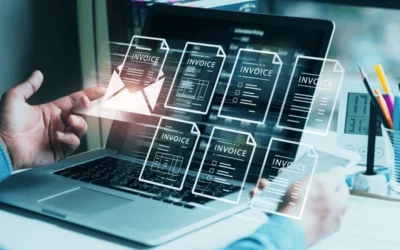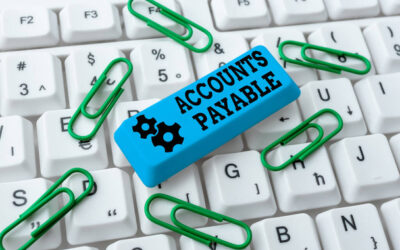This blog explores the most common causes of Accounts Payable (AP) errors and offers actionable strategies to eliminate them—ranging from automation and real-time matching to policy enforcement and training. Discover how oAppsNET helps businesses transform AP from a cost center into a value-driving force.
A Practical Guide to AP Internal Controls
Our AP guide explores essential internal controls for accounts payable, detailing obligation to pay, data entry, and payment entry controls to help organizations mitigate fraud, reduce errors, and boost financial transparency. We also cover best practices and automation strategies to modernize and secure AP workflows…
Preventing AP Overpayments: Strategies to Safeguard Your Bottom Line
Dive into practical strategies to prevent AP overpayments—ranging from invoice standardization to targeted AR reviews—highlighting how process improvements and expert insights can significantly reduce financial leakage. With a focus on smarter controls and system resilience, we emphasize the value of partnering with our specialists to optimize AP operations.
AP Overpayment Examples: Where Your Process Is Losing You Money
Overpayments in Accounts Payable can quietly drain company profits through errors like duplicate invoices, cost mismatches, and missed discounts. This blog breaks down real-world AP overpayment examples and offers practical, automated solutions to help you protect your bottom line.
Accounts Payable Trends for 2025: What to Expect and How to Stay Ahead
From AI-driven automation and real-time payments to ERP integration and compliance-ready workflows, discover the top Accounts Payable trends and how oAppsNET can help your business stay current in the ever-evolving financial landscape.
Accounts Receivable Trends for 2025: Elevate Your Financial Operations
Discover the top Accounts Receivable trends for 2025 and learn how automation, AI-driven analytics, real-time payments, and seamless ERP integration can transform your receivables management.






